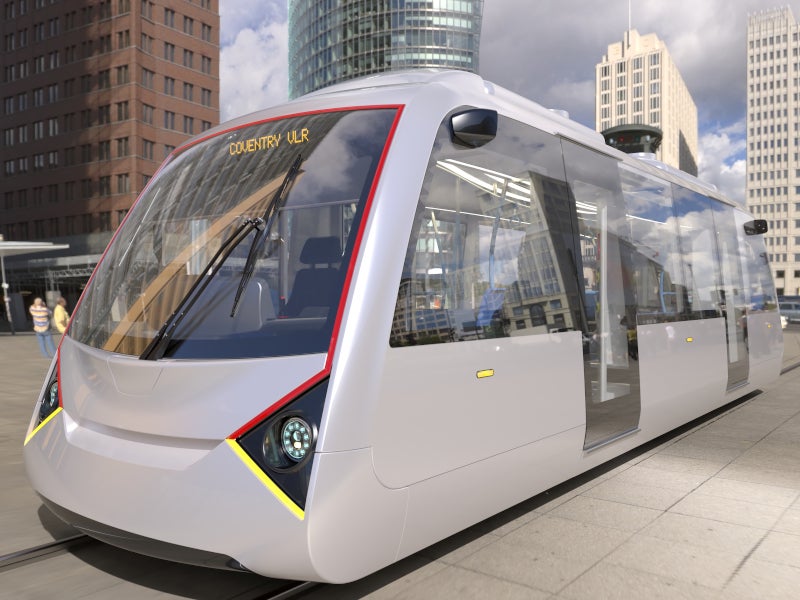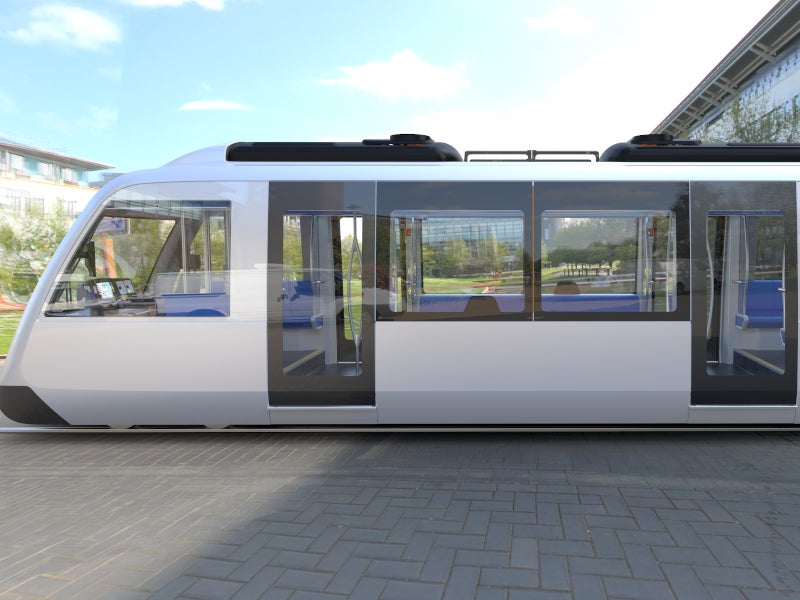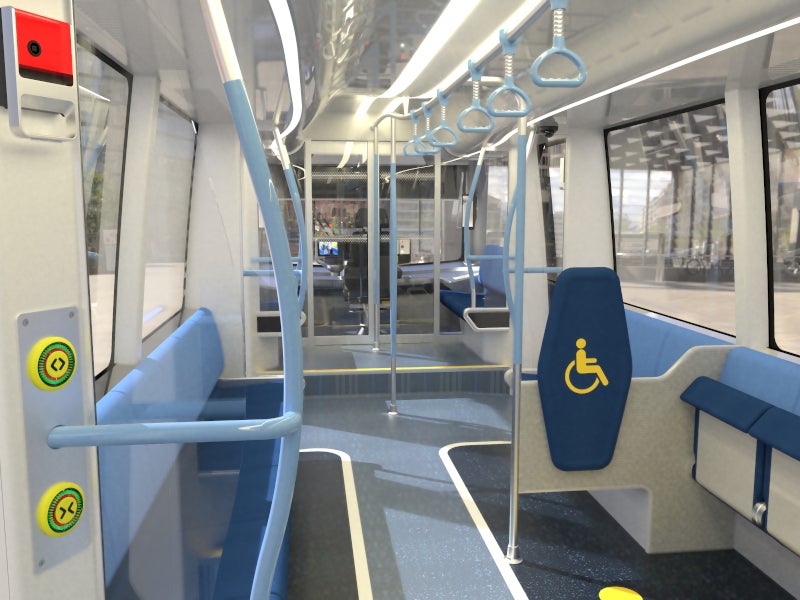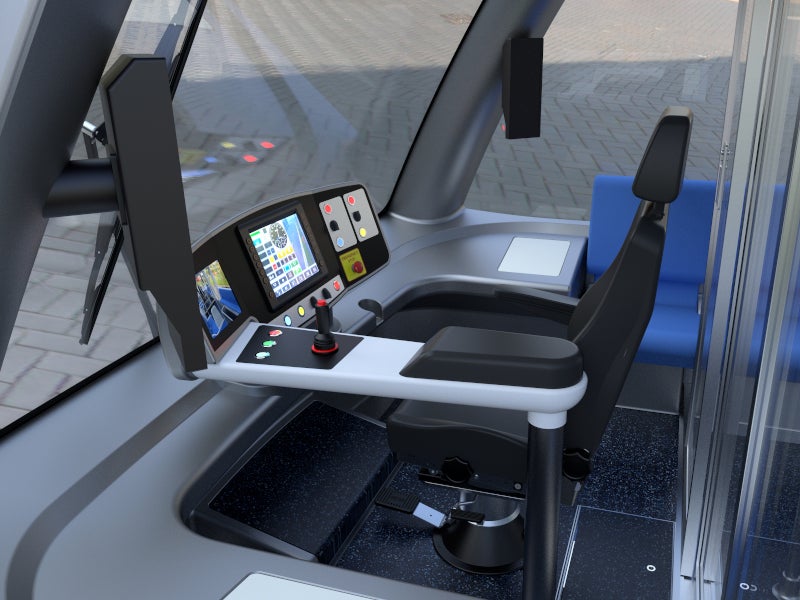Coventry City Council is developing a very light rail (VLR) transit system, the first of its kind in the UK.
The VLR system will include lightweight, self-propelled vehicles, which will provide the inhabitants of the city with an environment-friendly and economic public transport option. The innovative track system will be simple and require low investment for its development.
The VLR vehicle aims to become an autonomous vehicle and operate similar to the London Underground system in the future.
The assembly of the first demonstrator vehicle is expected to be completed by autumn 2020 and tested ahead of its delivery in 2021. The system is anticipated to become operational in 2024.
Coventry Very Light Rail details
The VLR system will provide the luxury of a tram system at an affordable cost for smaller towns and cities. The vehicles are planned to be operated without a driver in the longer run.
The system will have battery-operated, rail-guided vehicle, which will have zero emissions from the tail-pipe and run without overhead power supply wires and equipment. It will include a fleet of shuttles operating with a frequency of three to five minutes providing tube-like service.
The route for the VLR system will be a cloverleaf network covering populous regions of the city. A potential route could see the vehicles run from the city centre to Warwick University via the railway station, connecting major job areas with the city centre and station. The developers are also assessing the route from the railway station to University Hospital Coventry and Warwickshire (UHCW). A future line will link the city centre to the HS2 station at Birmingham Airport.
The rail system is being designed to ensure compatibility with Midland Metro. It will have consistent operating systems and branding across the West Midlands area.
The prototype vehicle and the track will be tested at the Very Light Rail National Innovation Centre in Castle Hill, Dudley, West Midland. The average cost per kilometre for the system is expected to be £10m ($12.14m), which is less than the £35m-£60m ($42.52m-$72.89m) per kilometre for conventional systems.
VLR vehicle and track design
The VLR vehicle will be built using materials such as steel, aluminium and composite components.
The bidirectional vehicle will employ battery traction with the batteries charged using technology incorporated in electric buses. It will utilise rapid charging solutions, eliminating the need for overhead cables.
It will be 11m-long with the capacity to accommodate up to 50 passengers, including 30 standing passengers. The modern battery-operated vehicle will improve air quality and provide benefits such as greater frequency and reduced congestion.
The novel prefabricated trackform will be easy to lay and dismantle, which will significantly reduce the cost of equipment relocation. It will require less excavation and have reduced impact on existing infrastructure during the installation.
The tracks will be lodged in slabs mounted in the tarmac layer of the road. The 250mm-thick slabs will be built off-site and transported to the project site in sections to be clipped together at the location.
The slabs can be removed from the sections within 90 minutes to allow repairs to utilities. A high-strength foam core with recycled plastic on top is being considered for the slab material.
Financing for VLR
The Coventry VLR project is being financed by the Local Growth Fund, a capital infrastructure fund of the Coventry and Warwickshire Local Enterprise Partnership (CWLEP), and the West Midlands Combined Authority (WMCA) Devolution Deal.
The Local Growth Fund provided a funding of £2.46m ($3.24m) for the first phase of the research work and design of the demonstrator vehicle, while the WMCA Devolution Deal contributed £12.2m ($16m) to fund research and development activities to prove the VLR concept. Coventry City Council received £1.5m ($1.82m) in funding from WMCA to support the development of a cost-effective trackform.
Key Players involved in the Coventry Very Light Rail project
Coventry City Council is being supported by Transport for West Midlands (TfWM) and researchers from the University of Warwick’s WMG research and education group.
WMG is responsible for the research and development efforts related to the vehicle and track form. French firm Ingerop Conseil et Ingénierie was selected to support the track development phase of the project.
TfWM will handle system operations, passenger information and communications. An expert from TfWM is involved in providing technical support and guidance for the project.
WMG chose Transport Design International (TDI) for developing the vehicle design. TDI completed the prototype design.
Tikab & Arogus will undertake the design and supply of the bogie along with the control system, while RDM will manufacture the vehicle upon completion of the design.
Transcal is responsible for metal fabrication works, seating, and interior fittings.
Coventry City Council intends to establish a joint venture to undertake the remaining R&D work and prepare the business case for the first route. The JV could also be involved in obtaining the planning and regulatory permits, as well as completion of the design and construction of the first route.











